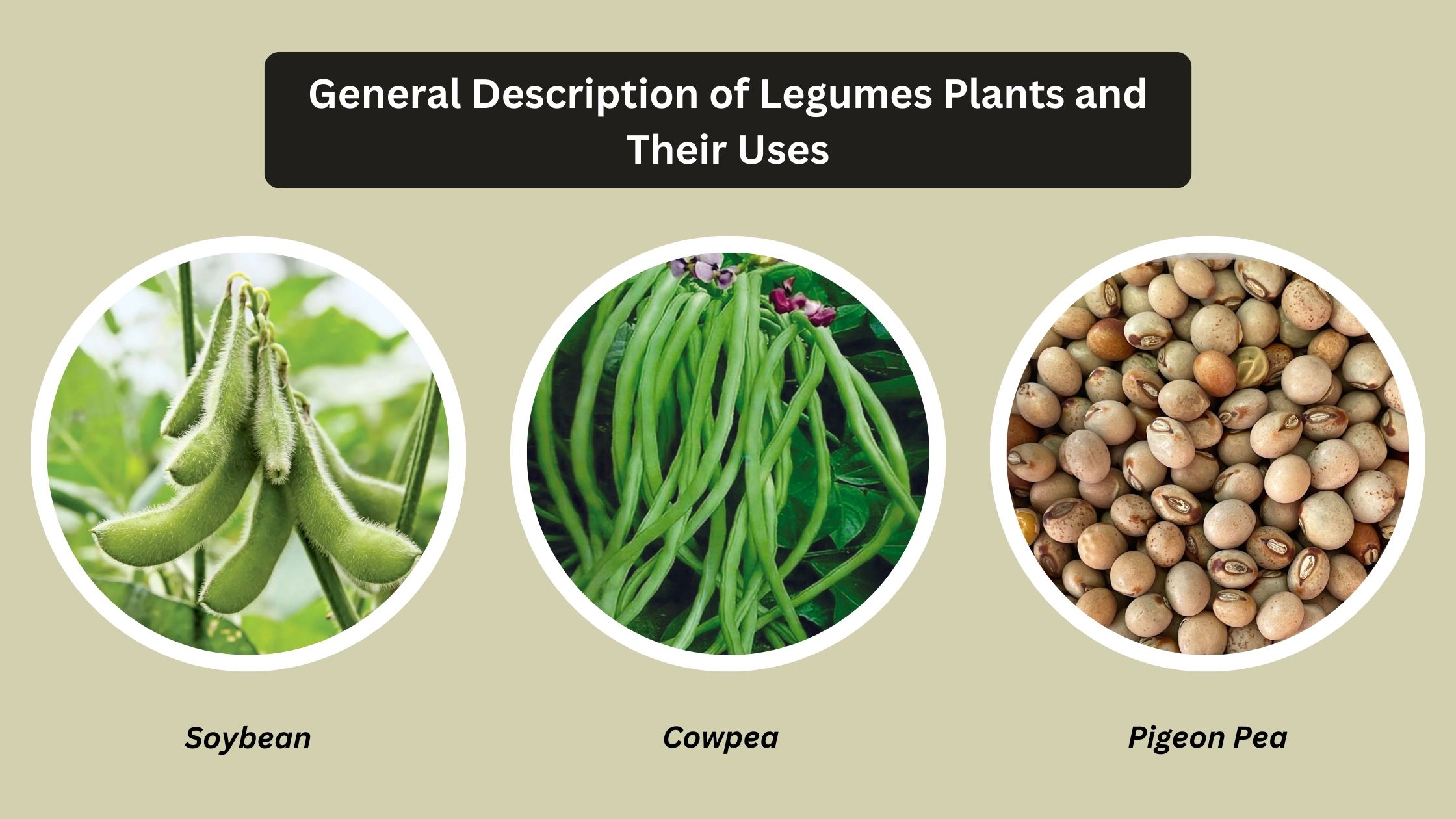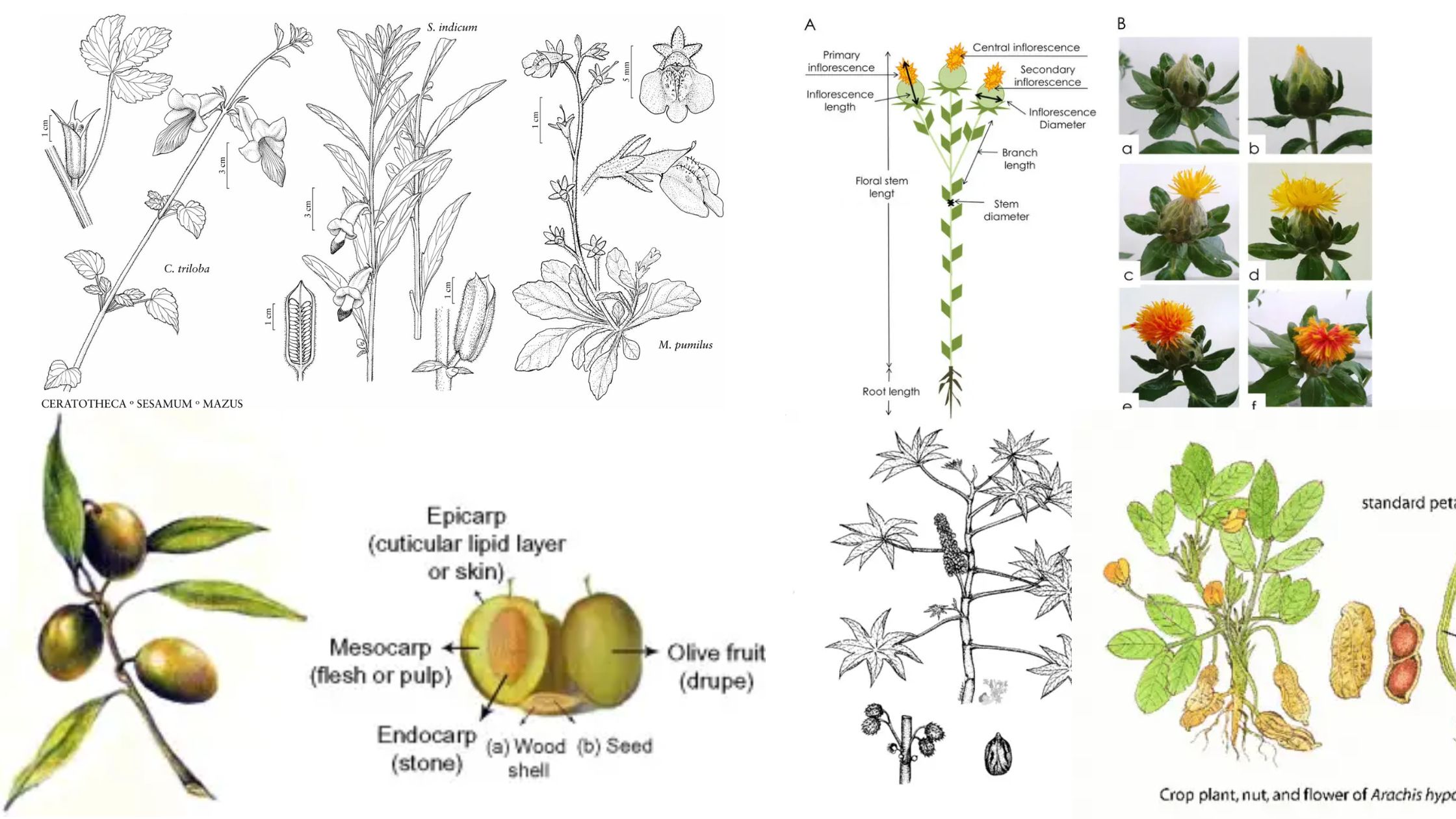Cereals Plants – Wheat and Rice (origin, morphology, processing & uses), brief account of millets.
What are Cereals? Major cereal crops Cereal crops are pivotal in human nutrition and have been integral to civilizations throughout history. They are among the earliest plants to have been domesticated, with their cultivation closely associated with the development of agricultural societies. This narrative provides an overview of the major cereal crops, their significance, and … Read more









